Using Foam Under Tile
bantoniewicz
15 years ago
Related Stories

MATERIALSInsulation Basics: What to Know About Spray Foam
Learn what exactly spray foam is, the pros and cons of using it and why you shouldn’t mess around with installation
Full Story
FLOORSHow to Get a Tile Floor Installed
Inventive options and durability make tile a good choice for floors. Here’s what to expect
Full Story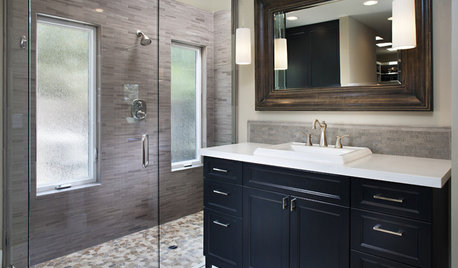
BATHROOM DESIGNWhat to Use for the Shower Floor
Feeling Good Underfoot: Shower Tiles, Mosaics, Teak Slats and Pebbles
Full Story
REMODELING GUIDESWhen to Use Engineered Wood Floors
See why an engineered wood floor could be your best choice (and no one will know but you)
Full Story
KITCHEN DESIGNCooking With Color: When to Use White in the Kitchen
Make sure your snowy walls, cabinets and counters don't feel cold while you're riding white's popularity peak
Full Story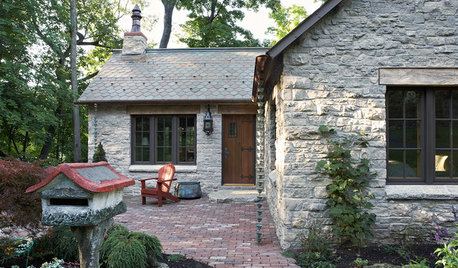
GREEN BUILDINGHouzz Call: What Have You Salvaged for Home Use?
If your floors, furniture, exterior materials or other home elements have a past life, we'd like to hear the story
Full Story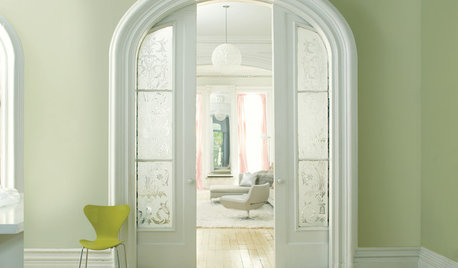
COLORBest Ways to Use the Neutral Green Color of 2015
Benjamin Moore’s Color of the Year is soft and natural
Full Story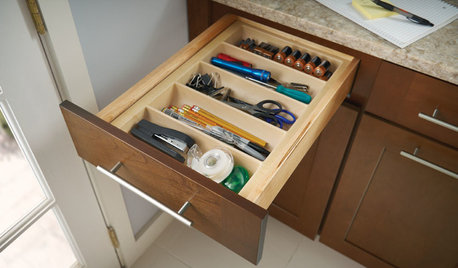
LIFEYou Said It: “Call It the ‘Really Useful Stuff’ Drawer” and More
Houzz design advice, inspiration and observations that struck a chord this week
Full Story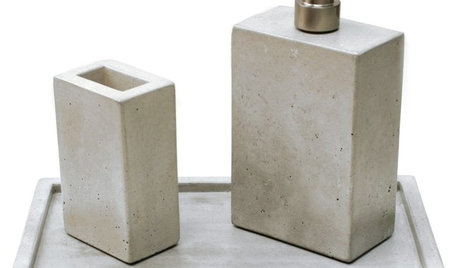
SHOP HOUZZShop Houzz: Modern Powder Room Updates Under $400
Refresh your powder room with a modern look for under $400 with tile, sinks, lighting and accessories
Full Story
FLOORSFloors Warm Up to Radiant Heat
Toasty toes and money saved are just two benefits of radiant heat under your concrete, wood or tile floors
Full StorySponsored
Columbus Design-Build, Kitchen & Bath Remodeling, Historic Renovations
More Discussions








mightyanvil
ron6519
Related Professionals
Highland Kitchen & Bathroom Designers · Mount Prospect Kitchen & Bathroom Designers · Alpine Kitchen & Bathroom Remodelers · Ogden Kitchen & Bathroom Remodelers · Vancouver Kitchen & Bathroom Remodelers · Westchester Kitchen & Bathroom Remodelers · Wilson Kitchen & Bathroom Remodelers · Gibsonton Kitchen & Bathroom Remodelers · Bel Air North Interior Designers & Decorators · Groveton General Contractors · Hercules General Contractors · Norwell General Contractors · Seal Beach General Contractors · Towson General Contractors · West Whittier-Los Nietos General Contractorsbrickeyee
busybme
annzgw
oruboris
bantoniewiczOriginal Author
MongoCT
sierraeast
MongoCT
sierraeast
davidro1
oruboris